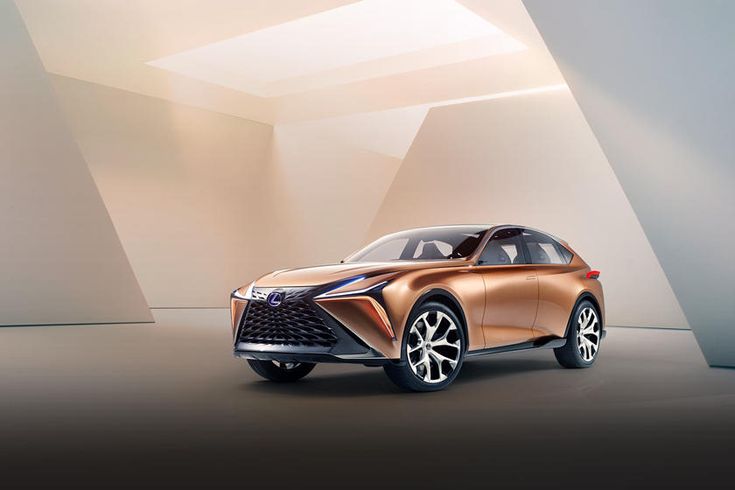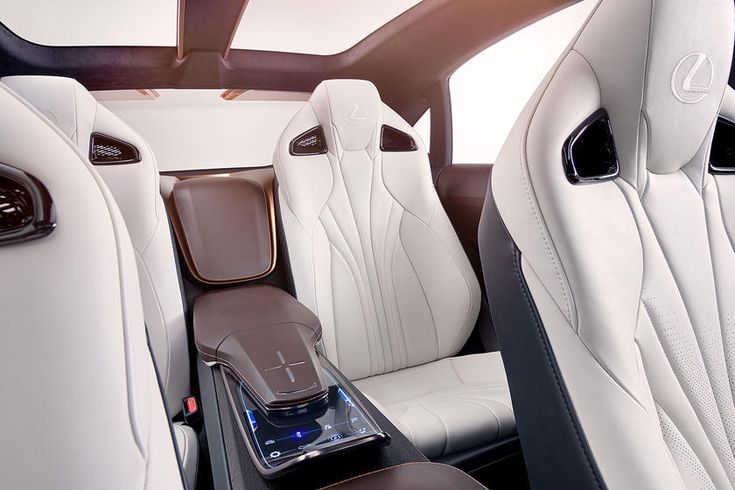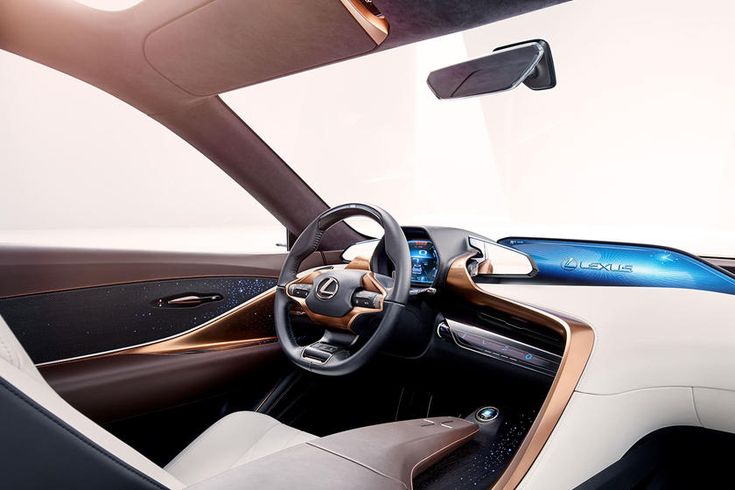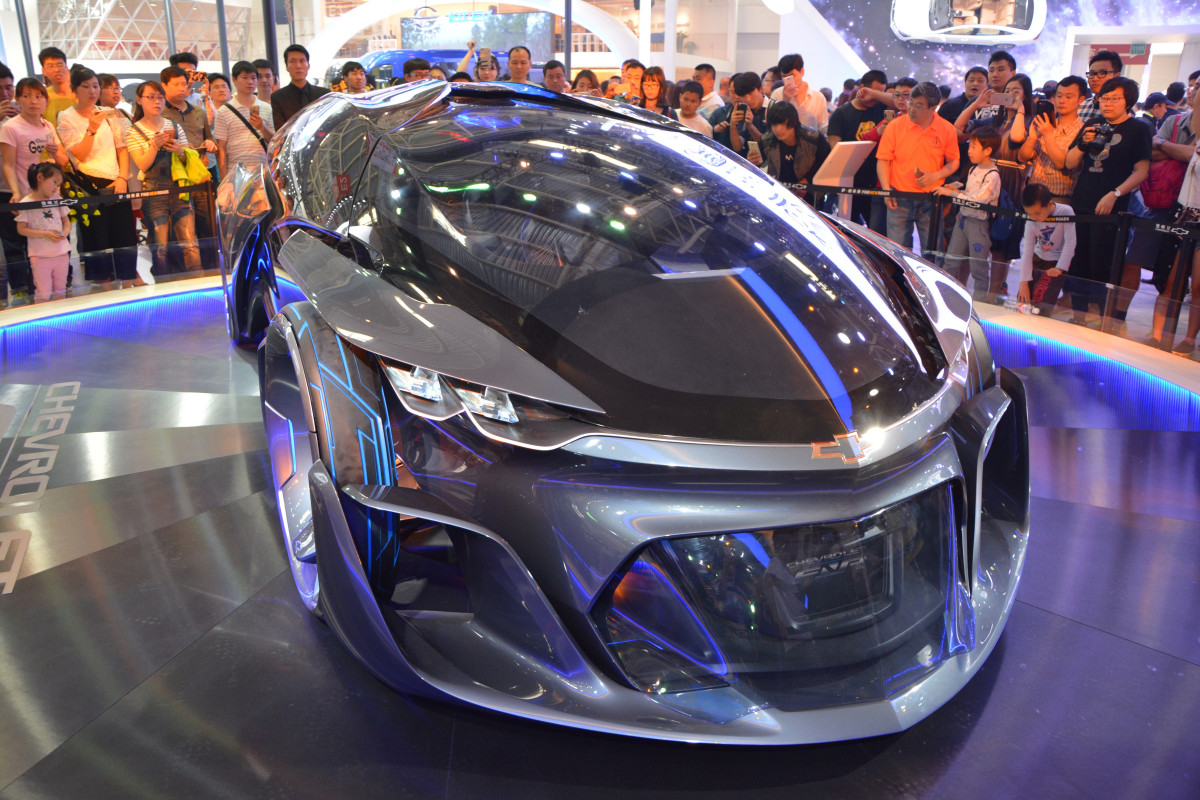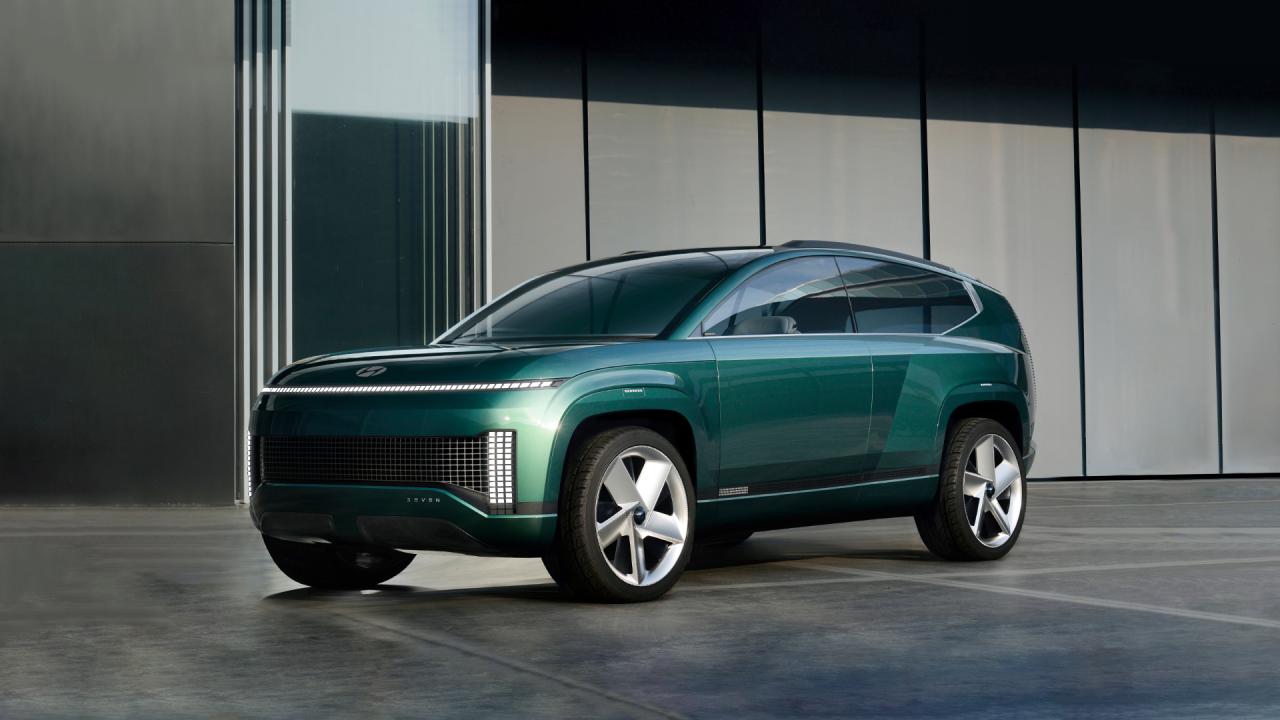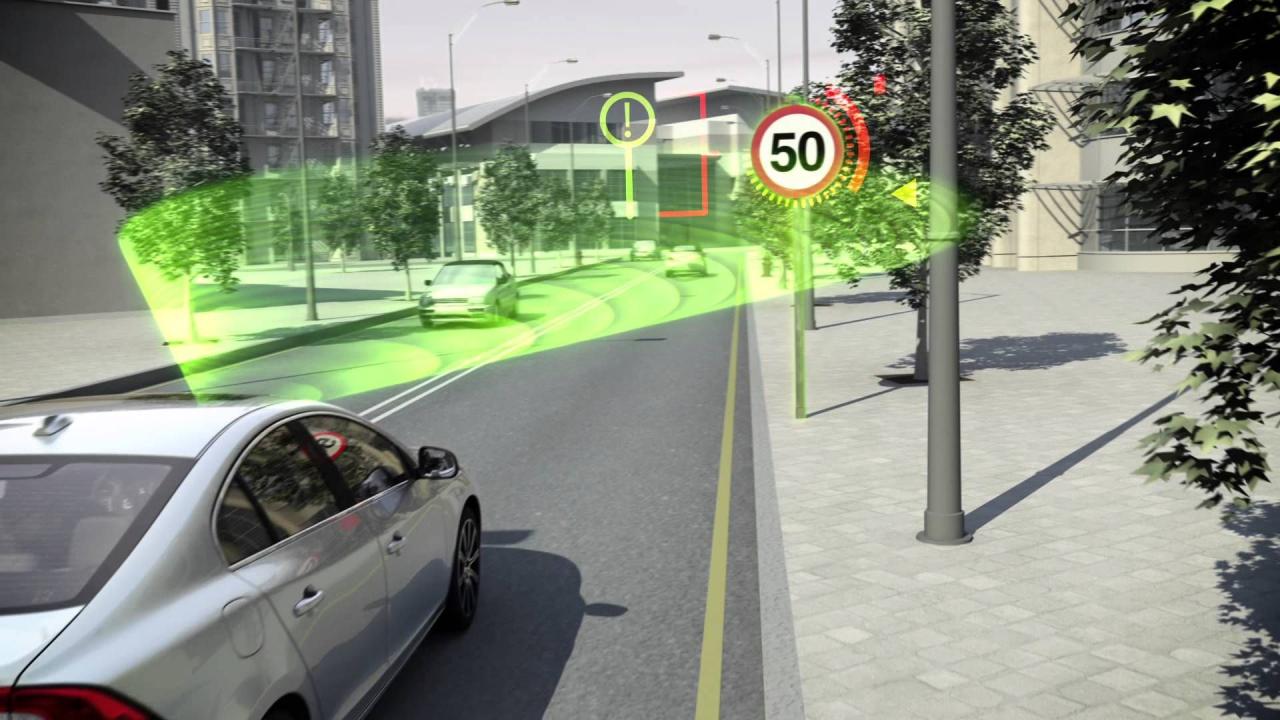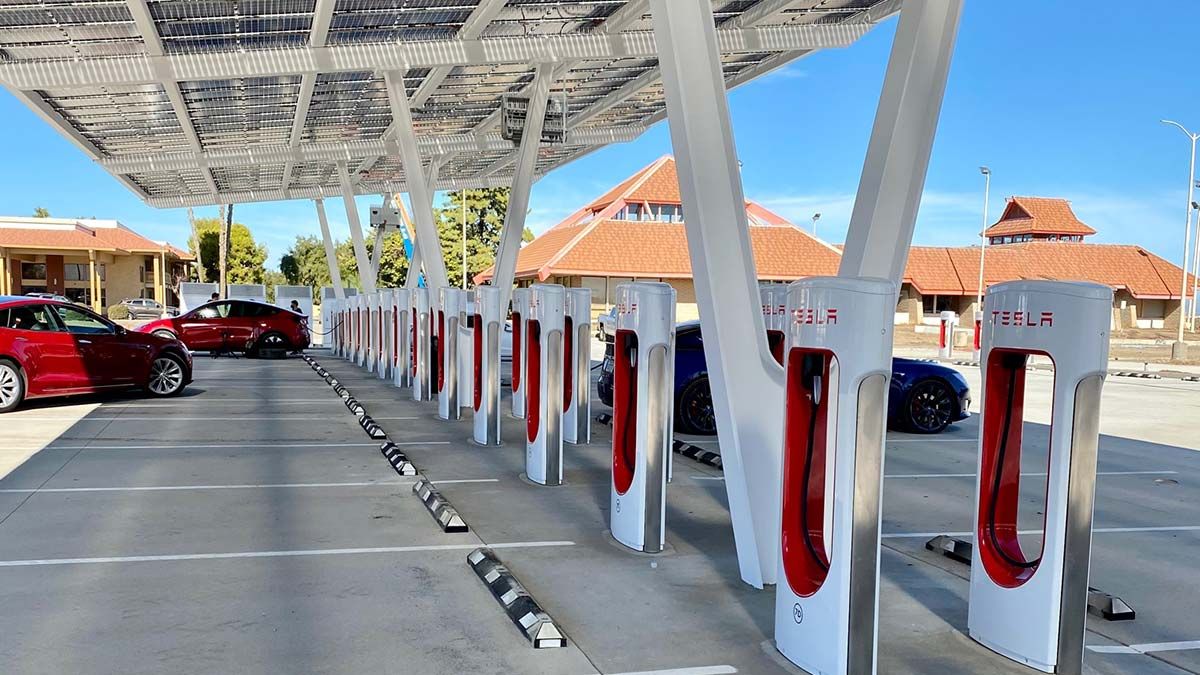The Electric Shift: High-End Takes the Lead
The automotive industry is in the throes of a seismic transformation, and at its vanguard, it’s the luxury electric vehicle (EV) segment that’s truly seizing control. Far from being a niche market, luxury EVs are rapidly dominating the market, setting trends, and dictating the pace of innovation for the entire electric revolution. This isn’t merely about environmental consciousness; it’s a powerful confluence of cutting-edge technology, unparalleled performance, exquisite design, and a redefined sense of prestige. High-end buyers, seeking the latest advancements and a distinctive driving experience, are flocking to these opulent, silent powerhouses, making them the undeniable bellwethers of the electric future. Their accelerated adoption pushes battery technology, charging infrastructure, and autonomous capabilities forward at an unprecedented rate, ultimately benefiting the entire automotive ecosystem.
The Evolution of Electric: From Niche to Prestige
For decades, electric vehicles were largely seen as utilitarian, often quirky, and somewhat compromise-laden alternatives to conventional gasoline cars. Early EVs prioritized range and efficiency over luxury or performance, appealing primarily to environmentally conscious early adopters. Think of the modest, often boxy designs and limited features that characterized the early iterations.
However, the landscape began to shift dramatically in the late 2000s and early 2010s with the entry of companies that dared to inject desirability into the electric formula. Tesla, in particular, played a pivotal role in shattering preconceived notions by offering high-performance, long-range EVs with sleek designs and advanced tech interiors. The success of models like the Model S proved that electric could be synonymous with speed, luxury, and technological sophistication. This paved the way for established luxury marques – Mercedes-Benz, BMW, Audi, Porsche, and others – to commit substantial resources to their own EV programs. Realizing the immense potential and demand from their affluent customer base for innovation and sustainability, these brands swiftly moved to leverage their century-long expertise in craftsmanship, performance engineering, and brand prestige. The result is a current market where luxury EVs are not just competitive, but often superior in terms of technology, performance, and overall user experience, compelling traditional luxury buyers to make the electric leap.
Why Luxury Buyers Lead the Charge: A Convergence of Factors
The disproportionate embrace of EVs by the luxury segment isn’t accidental; it’s a result of several converging factors that align perfectly with the preferences and capabilities of high-end consumers.
A. Early Adopter Mindset and Disposable Income. Affluent buyers often possess a natural inclination towards early adoption of new technologies. They have the disposable income to invest in nascent, often more expensive, technologies without significant financial strain. This allows them to absorb the higher initial purchase price of luxury EVs, which often reflects the cutting-edge R&D and advanced materials involved. They are willing to pay a premium for innovation and exclusivity.
B. Access to Premium Charging Infrastructure. A key concern for any EV owner is charging infrastructure. Luxury EV owners typically have access to private residences with garages, allowing for convenient Level 2 (240V) home charging installations. Many also have access to dedicated charging facilities at workplaces or exclusive clubs. This minimizes range anxiety, which remains a larger hurdle for mainstream buyers who might rely more heavily on public charging.
C. Performance as a Priority. Luxury car buyers frequently prioritize exhilarating performance. Modern electric powertrains deliver instant torque and blistering acceleration that often outmatches equivalent internal combustion engine (ICE) vehicles. This immediate, silent surge of power provides a unique and thrilling driving experience that resonates strongly with performance enthusiasts in the high-end market. The seamless power delivery without gear shifts adds to the refined feel.
D. Technological Sophistication and Innovation. Luxury buyers are drawn to the latest and greatest technological advancements. Luxury EVs are often packed with state-of-the-art infotainment systems, advanced driver-assistance systems (ADAS), over-the-air (OTA) software updates, and sophisticated connectivity features. These vehicles serve as mobile tech hubs, appealing to a demographic that values digital integration and a futuristic user experience.
E. Sustainability as a Status Symbol. While luxury has traditionally been associated with overt displays of wealth, there’s a growing trend where sustainability and environmental consciousness are becoming new forms of status. Owning a high-end EV allows luxury buyers to demonstrate their commitment to environmental responsibility without compromising on performance or comfort. It signals a forward-thinking, eco-conscious lifestyle that aligns with modern values.
F. Reduced Running Costs (Long-Term Value). While the initial purchase price is higher, luxury EV owners quickly recognize the significant savings on fuel (electricity is cheaper than gasoline for equivalent mileage) and maintenance (fewer moving parts, no oil changes, less wear on brakes due to regenerative braking). These long-term cost efficiencies, though perhaps less impactful for ultra-wealthy individuals, still add to the overall value proposition.
The Pillars of Luxury EV Excellence: Beyond the Drivetrain
A luxury EV’s dominance isn’t solely about its electric powertrain; it’s about how every aspect of the vehicle is elevated to deliver an unparalleled premium experience.
A. Design and Aesthetics: The New Face of Luxury. i. Aerodynamic Efficiency Meets Elegance: Luxury EVs often feature sleek, aerodynamic designs optimized for range and quietness. The absence of a large grille (no combustion engine cooling needed) allows for more fluid front-end designs, creating a distinct, modern aesthetic. Designers are embracing new proportions, often with longer wheelbases and shorter overhangs due to the flat battery pack architecture, leading to more spacious interiors. ii. Exquisite Materials and Craftsmanship: Interiors are adorned with premium materials like sustainably sourced wood veneers, bespoke leather upholstery, recycled fabrics, and high-quality metals. The fit and finish are meticulously executed, reflecting the brand’s heritage of luxury craftsmanship. Ambient lighting, unique trim options, and personalized touches further elevate the cabin experience. iii. Innovative Lighting Signatures: Exterior and interior lighting often play a crucial role in luxury EV design. Advanced LED and even OLED lighting technologies allow for distinctive daytime running light signatures, intricate taillight patterns, and dynamic interior mood lighting that can change based on driving mode or user preference, adding to the vehicle’s sophisticated appeal.
B. Performance Redefined: Silent Power, Instant Torque. i. Blistering Acceleration: Electric motors deliver maximum torque from 0 RPM, resulting in near-instantaneous and often breathtaking acceleration figures that rival, or even surpass, many supercars. This provides an exhilarating and unique sensation of effortless power. ii. Refined and Quiet Operation: The inherent quietness of an electric powertrain enhances the luxury experience. The absence of engine noise and vibrations creates a serene cabin environment, allowing for clearer conversations, better enjoyment of the premium audio system, and a more relaxing drive. Extensive sound deadening further contributes to this tranquility. iii. Advanced Powertrain Control: Sophisticated software precisely manages power delivery to each wheel, enabling advanced torque vectoring for superior handling, traction control, and stability, especially in all-wheel-drive configurations. This provides a sense of composed power and agility.
C. Interior Experience and Technology: A Digital Sanctuary. i. Immersive Digital Cockpits: Large, high-resolution digital displays dominate the dashboards, often extending across the entire width of the cabin. These screens provide customizable information, navigation, and infotainment, creating an immersive, futuristic environment. Haptic feedback and intuitive user interfaces are key. ii. Advanced Infotainment and Connectivity: Luxury EVs boast state-of-the-art infotainment systems with seamless smartphone integration, high-fidelity audio systems (often with dozens of speakers), and constant internet connectivity. Over-the-Air (OTA) updates keep the vehicle’s software current, adding new features and improving existing ones throughout its lifespan. iii. Comfort and Convenience Features: Beyond standard luxury amenities, EVs often feature innovative climate control systems (including heat pumps for efficiency), sophisticated massage seats, advanced air filtration systems, and bespoke interior configurations that maximize passenger comfort and utility. Features like “frunks” (front trunks) offer additional storage space.
D. Battery Technology and Charging Ecosystem: The Foundation. i. High-Density, Long-Range Batteries: Luxury EVs feature large battery packs with high energy density, providing competitive driving ranges that alleviate range anxiety for most users. Advances in battery chemistry (e.g., NMC 811, future solid-state) are continuously improving these metrics. ii. Ultra-Fast Charging Capabilities: Many luxury EVs are designed to utilize high-power DC fast charging (e.g., 800V architecture), allowing for significant range replenishment in minutes, rather than hours. This is crucial for longer journeys and quick top-ups. iii. Integrated Charging Solutions: Manufacturers often partner with public charging networks or offer exclusive charging services, providing a seamless and premium charging experience. Home charging solutions, including sophisticated wall chargers, are typically part of the luxury EV ownership package.
E. Autonomous and Driver-Assistance Systems: i. Advanced L2/L2+ Systems: Luxury EVs often come equipped with the most sophisticated Level 2 and Level 2+ advanced driver-assistance systems (ADAS), such as adaptive cruise control with lane-keeping assist, automated lane changes, and advanced parking assistance. These systems reduce driver fatigue and enhance safety. ii. Hardware for Future Autonomy: Many luxury EVs are built with the necessary sensor suite (Lidar, multiple cameras, radar, ultrasonic) and high-performance computing platforms to enable future Level 3 or even Level 4 autonomous driving capabilities via software updates, once regulations and technology mature.
Key Players and Their Market Strategies: Leading the Charge
The luxury EV market is a battleground for established automotive giants and innovative newcomers, each vying for supremacy with distinct strategies.
A. Tesla: As the disruptor that kickstarted the premium EV segment, Tesla continues to be a dominant force. Their strategy centers on cutting-edge software, a proprietary Supercharger network, and a direct-to-consumer sales model. Models like the Model S, Model X, and the performance-oriented Model 3 and Y have set benchmarks for range, acceleration, and tech integration. Their focus on full self-driving (FSD) capabilities further distinguishes them.
B. Mercedes-Benz (EQ Line): Mercedes-Benz has invested heavily in its dedicated “EQ” sub-brand, offering a range of luxury EVs from sedans (EQS, EQE) to SUVs (EQS SUV, EQE SUV). Their strategy emphasizes ultimate comfort, refined luxury, opulent interiors, and the brand’s long-standing reputation for engineering excellence and build quality. The EQS, with its hyperscreen, exemplifies their commitment to digital luxury.
C. BMW (i Series): BMW’s “i” sub-brand has evolved from unique, quirky designs (i3, i8) to more mainstream luxury EVs like the iX SUV and i4 sedan. BMW focuses on delivering its signature “driving pleasure” (Sheer Driving Pleasure) in an electric format, emphasizing dynamic handling, advanced infotainment (iDrive 8/9), and premium interior appointments that resonate with loyal BMW enthusiasts.
D. Audi (e-tron Series): Audi’s “e-tron” family showcases its commitment to electric mobility, with models like the e-tron SUV, e-tron GT (a performance-oriented grand tourer), and Q4 e-tron. Audi’s strategy highlights sophisticated design, quattro all-wheel drive capabilities, impeccable interior quality, and leading-edge technology derived from its extensive motorsport background.
E. Porsche (Taycan, Macan EV): Porsche has successfully translated its sports car heritage into the electric age with the Taycan, a performance EV that combines blistering speed, exceptional handling, and rapid charging capabilities. Their focus remains on driving dynamics and emotional engagement. The upcoming Macan EV will further expand their electric SUV offerings, catering to a broader luxury audience.
F. Lucid Motors: A notable newcomer, Lucid Motors aims squarely at the ultra-luxury segment with its Air sedan, emphasizing unparalleled range, rapid charging, and spacious, minimalist interiors. Their strategy is to offer superior efficiency and a highly refined driving experience, often surpassing established players in terms of range per charge.
G. Rivian: While perhaps more adventure-focused, Rivian’s R1T pickup and R1S SUV cater to a luxury lifestyle segment, offering robust off-road capabilities combined with premium interiors and significant performance. They’re carving out a niche for adventure-luxury EVs, appealing to those seeking both capability and comfort.
H. Asian Luxury Brands (Genesis, Lexus): Brands like Genesis (Hyundai’s luxury division) and Lexus are also making significant strides. Genesis, with models like the GV60 and Electrified G80, offers distinctive styling, well-appointed interiors, and competitive technology, often at a compelling value proposition within the luxury segment. Lexus is slowly introducing its electric lineup, focusing on its renowned reliability and refined driving experience.
The Broader Impact: Ripple Effects Across the Industry
The dominance of luxury EVs is not just a trend confined to the high-end segment; it has profound implications and ripple effects across the entire automotive industry and beyond.
A. Accelerated Technological Development: The demand for cutting-edge features and performance in luxury EVs drives rapid innovation in battery technology (higher energy density, faster charging), electric motor efficiency, power electronics, and advanced software algorithms for vehicle control and user interfaces. These breakthroughs eventually trickle down to more affordable mass-market EVs.
B. Push for Charging Infrastructure: The growing number of luxury EVs on the road creates a strong economic incentive for the expansion of robust, high-speed public charging networks. This increased availability and reliability of charging points benefits all EV owners, not just those in the luxury segment. Governments and private companies are investing heavily in this critical infrastructure.
C. Shaping Consumer Perception: The allure and success of luxury EVs are fundamentally changing public perception of electric vehicles. They are proving that EVs can be desirable, powerful, prestigious, and technologically superior, dismantling lingering skepticism and making electrification more appealing to a broader consumer base.
D. Influence on Design and Engineering: The unique packaging advantages of electric powertrains (e.g., flat battery packs, compact motors) are inspiring new design proportions and interior layouts. Luxury EVs are setting new standards for quietness, interior space, and digital integration, influencing future designs even in gasoline-powered luxury cars.
E. Sustainability and Corporate Image: As luxury brands commit to electrification, it reinforces their commitment to sustainability, improving their corporate image and appealing to environmentally conscious investors and consumers. This pressure then extends down the supply chain, encouraging greener practices throughout the automotive ecosystem.
F. New Business Models: The shift to EVs, particularly in the luxury space, is fostering new business models such as subscription services, advanced over-the-air feature upgrades, and a stronger emphasis on digital services that generate recurring revenue. This changes the traditional car ownership model.
G. Government Policy and Incentives: The high-profile success of luxury EVs can influence government policies, leading to more supportive regulations, tax incentives, and infrastructure investments that further accelerate the transition to electric mobility for all segments.
The Road Ahead: Electrified Luxury’s Enduring Influence
The trajectory of the automotive market is clear: the future is electric, and luxury vehicles are leading the charge. As battery technology continues to advance, charging networks become more ubiquitous, and manufacturing costs decrease with scale, the innovations pioneered in the luxury EV segment will steadily permeate the broader market.
The competition among luxury automakers will intensify, pushing boundaries in range, charging speed, performance, and digital user experience. We can expect even more bespoke materials, AI-driven personalized cabins, and advanced autonomous capabilities that blur the lines between driving and being driven. The emphasis will shift from merely “electric” to “electrically enhanced luxury,” where the powertrain is seamlessly integrated into an overall experience of unparalleled refinement and sophistication.
Ultimately, the dominance of luxury EVs today is not just a commercial success story; it’s a powerful indicator of the broader industry’s direction. These high-end machines are the catalysts, the trendsetters, and the aspirational models that are driving the entire automotive world towards a quieter, cleaner, and technologically more advanced future. The market has spoken, and luxury EVs are indeed leading the charge, setting the standard for what’s to come.

